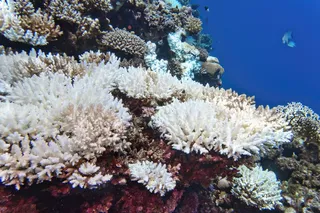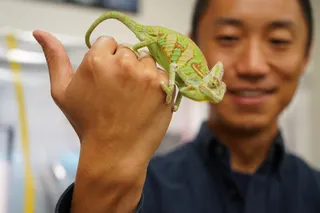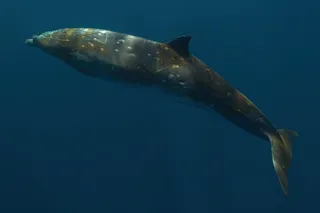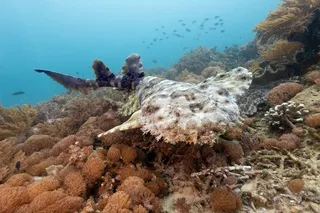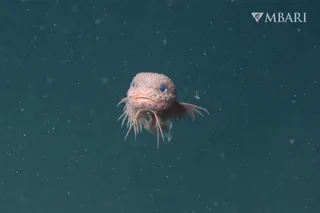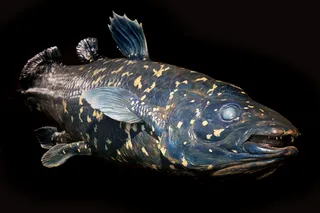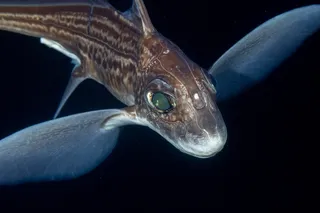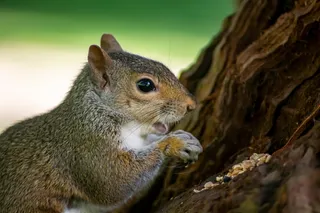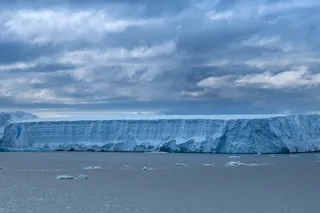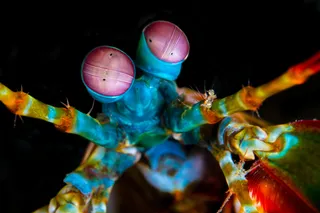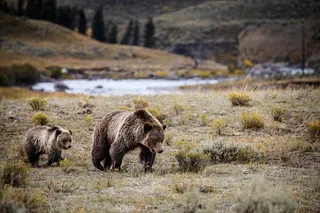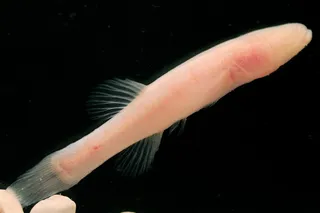Tracking evolution can be tough. Consider the giraffe, an 18-foot herbivore, the tallest animal on earth. The giraffe wasn't always so elongated--it evolved that way over millennia. Relatively long-necked giraffes grazing the African savannas could reach foliage growing on high branches, giving them an edge over their lowlier brethren and a better shot at living and reproducing. Occasionally they produced offspring with even longer necks, who passed on the genetic inclination for still greater height to their children. At least that's the theory. The truth is we don't know for sure, because the changes happened over great stretches of time in animals long gone. Biologists and paleontologists are reduced to inferring the past from the flotsam of the fossil record, a record full of gaps. We can't see precisely how evolution works.
But Gerald Joyce can. In his lab at the Scripps Research Institute in La Jolla, California, Joyce is ...



